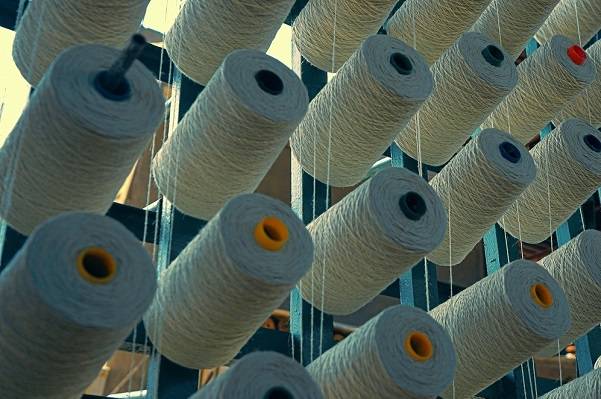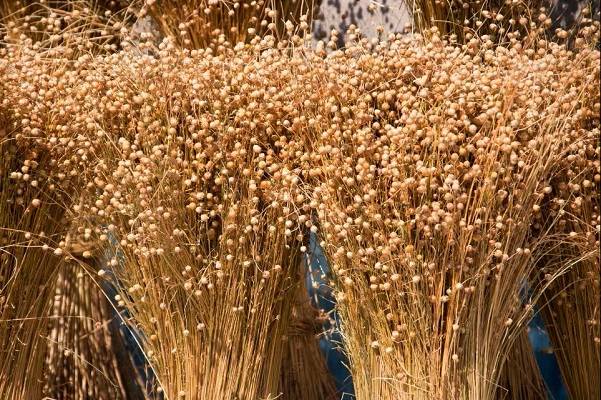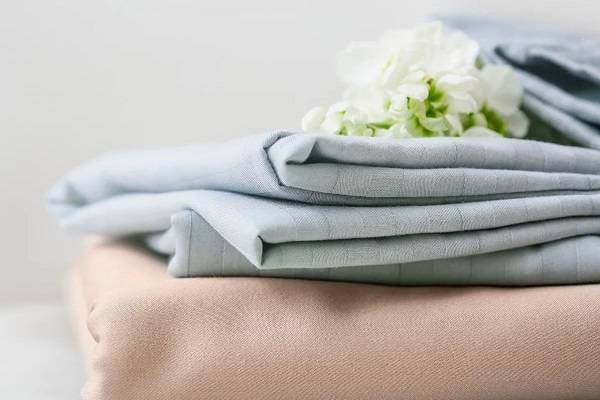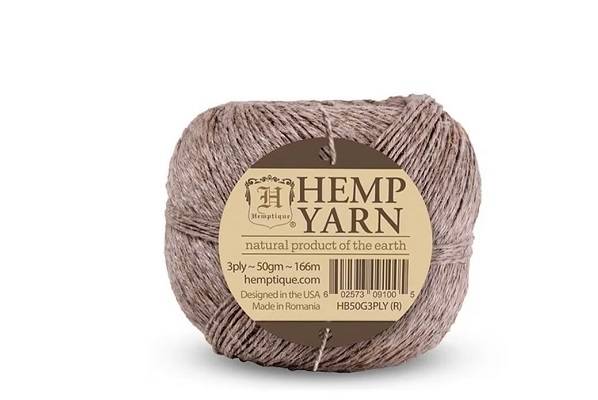If you want to ensure you are purchasing authentic material, look for labels of certification, like European Flax® (for linen) or the Woolmark® (for wool). These certifications attest to the quality and origin of the fibers. Major brands often provide specific information about the product, including material source and the manufacturing process.
ECO-FRIENDLY SHOWDOWN
Linen VS. Wool: A Closer Look At The Differences Of Two Natural Fibers
Learn About Fibers That Stand the Test of Time For Thousands Of Years

Innovation & Quality
Developing and supplying premium-quality, sustainably grown, consumer products
100% Natural
Organically Grown and Ethically Sourced
hemp and other natural fiber products
Shipping
We offer fast shipping
Your order out within 1-3 days
Wholesale
Visit our wholesale portal to register or login to your account
When it comes to sustainable fibers, linen and wool remain the top choice for everyone who appreciates tradition and cares about the environment. Both of these materials are natural, with some truly remarkable features that make them distinctive from the rest. Thanks to their tactile and aesthetic properties, they are more than just fibers; they capture the essence of cultural heritages and ecological responsibility.
Buy Premium Quality Linen Cordage at Hemptique
Hemptique is a family-run company offering linen goods of the finest quality to individual buyers, wholesalers, distributors, workshop organizers, schools, garden centers, hobbyists, food industry, etc. All our products are made of natural flax fibers using eco-friendly practices, including ethical sourcing and sustainable cultivation. Our newest selection of products includes premium linen cord and premium quality linen twine. Crafted from the finest Egyptian flax fiber, they are exceptionally strong, durable, food-safe, and biodegradable. They come in natural and black colors, various thicknesses (0.5mm, 1mm, 1.75mm, and 3mm), and lengths (50m, 62,5m, 100m). Utilize our multi-purpose linen products for a variety of applications, such as weaving, crocheting, bookbinding, upholstery, jewelry-making, cooking, gardening, macrame, packaging, and more. If you want to know more about our linen merchandise, get in touch with us by phone at (760) 602-4864, ext. 402 and 405. For discounted prices, feel free to register for a wholesale account.
A Brief Historical Overview
Linen and wool are ancient fibers, old as civilization itself. The story of these two textiles, from ancient to contemporary times, highlights their timeless appeal and lasting significance in human history. They both continue to be used today due to their high qualities, natural origin, and versatile application possibilities.
Linen dates back to ancient Egypt, where it symbolized honor and light. Flax plant was domesticated about 10,000 years ago in Mesopotamia and was primarily used for food and later for fiber. The first evidence of flax fiber proves that our forefathers used it to make baskets, ropes, tools, and other objects that helped them facilitate daily tasks. Even today, linen has numerous usages in all aspects of our lives because it has successfully stood the test of time ever since Middle Paleolithic age.
Linen vs. Wool: How the Fabrics Are Created
All textile can be widely divided into two categories: natural and artificial (man-made). Natural fibers can further be classified according to their source into plant-based, animal-based, and mineral-based. Both linen and wool are natural fibers but of different origins, hence, undergoing noticeably different journeys in production process.
What is linen and how it’s made
Linen is a natural material that is made from the bast fibers of the flax plant. It is one of the oldest fibers known to human race, labor-intensive to produce, but highly appreciated for its remarkable attributes. With minimum water and pesticide requirements, the cultivation of flax plant is considered environmentally friendly. The production process of linen is quite complex, but well worth the wait since it produces a treasured luxe fabric that has remained one of the most sought-after materials even today.
What is wool and how it’s made
Wool is a type of natural fiber which is derived from the hairs of various wool-yielding animals such as sheep, goats, rabbits, camels, llamas, alpacas, and yaks. Since it is an animal fiber, it contains protein (keratin) and certain lipids, unlike plant-based fibers, which consist of cellulose. Its quality is primarily based on the thickness of its fiber, which also dictates the price.
Different types of wool include merino, cashmere, mohair, angora, alpaca, camel, vicuna, etc. While merino is the type of wool that is most common and most affordable, the royal Vicuña wool is the rarest and most expensive one.
What Are The Major Properties Of Linen & Wool
When we analyze the fiber itself, linen and wool reveal obvious features: linen fiber is straight, durable, and strong with unmatched crisp and cool feel. Wool fiber, on the other hand, is naturally elastic and a good warmth insulator. These attributes regulate when you should be wearing them and how to care for them, influencing their function in our outfits and homes.
Linen
One of the strongest natural fibers (up to 30 times stronger than cotton)
- Life span of several decades
- Exceptionally breathable
- Eco-friendly properties: recyclable, biodegradable, sustainable
- Keeps its original shape well due to sound fiber structure
- Excellent moisture absorbency (absorbs up to 20% of its weight in water)
- Naturally hypoallergenic, antibacterial, & anti-static
- Softens with wear and wash
- Low elasticity
Wool
- Natural insulating attributes
- Soft on skin
- Moisture wicking
- Excellent natural elasticity and flexibility
- Odor resistant
- Anti-microbial (prevents mold & mildew)
- Earth-friendly & biodegradable
- Wrinkle resistance
Ecological Footprint
The difference in sustainability between linen and wool is subtle. Although both materials are natural, linen is known for lower ecological impact due to concerns in wool production that involve land use and animal welfare. Both fabrics are biodegradable, thus contrasting to the constant nuisance of synthetic textile pollution.
Comfort And Functionality
The feel of linen and wool textile is extraordinary, especially after several usages, when the fiber becomes softer. Although linen may feel stiff in the beginning, the more you wash it and the more you use it, it becomes softer to skin. In hot weather, use linen for its breathability, and during winter choose wool for the warmth and soft feel. These two natural materials easily adapt to your body temperature and the temperature of the environment, exemplifying comfort, functionality, and style.
A Quick Overview of Care and Maintenance
If you want to keep your linen and wool looking beautiful and to last you a long time, you will need to care for them mindfully, from gentle washing to proper storage. Eco-friendly washing detergents and laundering techniques make it easier to maintain these fabrics' quality without negatively impacting the environment, while extending their lifecycle and reducing waste.
- Linen – Wash in lukewarm water. Either hand wash or machine wash on gentle cycle, using mild detergent.
- Wool – Follow the care label to prolong your item’s life. Typically, it is best to hand wash (30°) in cold water by hand using detergent for wool. Optionally, some items can be washed on wool or cold wash program.

Common Uses & Versatility
Apart from the traditional applications in home textiles and apparel, both linen and wool are finding fresh life forms in modern design, pushing the limits of functionality and fashion. From high-powered outdoor equipment to avant-garde fashion items, the versatility of these materials have made them relevant in a rapidly evolving textile industry.
How linen is used:
- Apparel – skirts, suits, shirts
- Crafts – sewing, macrame, scrapbooking
- Furnishing – upholstery, rugs, wall coverings
- Home textiles – bedding, tablecloths, draperies
- Industrial products – painting canvases, thread, luggage
- Food industry
How wool is used:
- Clothing – suits, sweaters,
- Household items - blankets, carpets, upholstery
- Outerwear - jackets, coats, hats, gloves, outer gear
- Industrial application – insulation, saddle cloths, horse rugs
Comparison Of Costs
Compared to other materials, like synthetics and cotton, quality linen and wool may have a higher cost. However, the true value of these fibers is revealed through their durability, versatility, and sustainability. These attributes and numerous advantages prove that investing in these textiles is a wise decision, as their benefits outweigh the cost by far.
Pros And Cons: Deciding Which Fiber Is Better
In order to make a decision between linen and wool, it is best to analyze different features, such as longevity, maintenance, personal preferences, or ethical production. Each fiber has its pros and cons, but both provide a chance to make a positive impact by ethical consumerism practices.
Frequently Asked Questions About Linen & Wool
1. How can I verify whether linen or wool items are made from authentic fiber?
2. Why are linen and wool considered sustainable fabrics?
The reason why linen and wool are considered sustainable is due to the fact that they are natural. Renewable materials such as these decompose considerably faster than other fibers. Linen is made of flax plant which requires minimum water and minimum pesticides for growth. Wool is an animal byproduct that can also biodegrade; however, compared to other fibers, it emits more carbon during production. In addition, sheep farming causes land degradation and natural habitat disruptions. Scientists are working on finding solutions that will reduce carbon emissions and rewild the deserted land.
3. How can I extend wool and linen apparel’s lifecycle?
Wash linen garments lightly with mild detergent and try not to over-dry in order to maintain fiber properties and to prevent shrinking. Sparingly wash your wool clothing; it does not have to be washed after each wear. Wash by hand in cold water with special detergents for woolen fibers. Lay flat to dry in order to maintain original shape and texture. Proper storage practice can also extend their lifespan. Store items in dry, well-ventilated areas. Use breathable garment bags when necessary.
4. Can I recycle or repurpose wool and linen?
Certainly! You can recycle or repurpose both materials. Linen can easily be composted or reused for DIY crafting projects. On a similar note, you can recycle into new clothes, toys, insulation, or upholstery stuffing, making it an all-purpose natural material, perfect for eco-conscious consumers.
5. Is wool ethically sourced material?
Ethical considerations are quite important in wool manufacturing. When searching for wool products, try to opt for those that are ethically sourced. Look for products certified by animal welfare organizations, such as the Responsible Wool Standard (RWS), which focuses on responsible material sourcing and supporting ecosystems. By supporting the brands that prioritize ethical sourcing and by purchasing organic or recycled wool, you will be making a contribution to a more responsible fashion industry.






